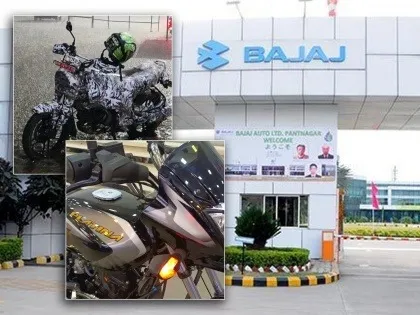Bajaj Auto, under the leadership of Rajiv Bajaj, is set to revolutionize the Indian motorcycle market with the launch of the country’s inaugural CNG-powered motorcycle on June 18, 2024. This strategic move is poised to challenge the longstanding dominance of Hero MotoCorp in the entry-level segment.
Rajiv Bajaj, Managing Director of Bajaj Auto, unveiled the launch date during the recent debut event of the Pulsar NS400Z. The forthcoming bi-fuel motorcycle signals Bajaj’s intent to disrupt the entry-level motorcycle market, known for its sensitivity to fuel prices.

Premium Offering to Redefine Market Dynamics
Targeting mileage-conscious consumers, Bajaj’s bi-fuel motorcycle will operate on both CNG and petrol. Positioned at a premium price point, this innovation aims to capture a significant share of the entry-level segment, where Bajaj currently commands an 8% market share.
While specific details about the CNG motorcycle remain undisclosed, recent sightings of test mules provide glimpses into its features. Sporting halogen turn signals, telescopic front forks, and a monoshock suspension system, the motorcycle appears to cater to the standard commuter segment.

Adding to the anticipation, Bajaj Auto has filed trademark applications for potential names such as Glider, Marathon, Trekker, and Freedom. These names hint at the adventurous spirit and freedom associated with the upcoming model.
Powertrain Innovation: A Key to Performance

Despite the secrecy surrounding engine specifications, industry experts speculate that Bajaj might modify an existing petrol engine or develop an entirely new powertrain optimized for CNG usage. Performance metrics are expected to be unveiled closer to the launch date, heightening excitement among enthusiasts.
In a related development, Rajiv Bajaj has highlighted concerns over the high taxation burden on two-wheelers, attributing rising prices to over-regulation of the market. This sentiment underscores the need for policymakers to reevaluate regulatory frameworks to ensure the sustainability and affordability of the automotive sector.
